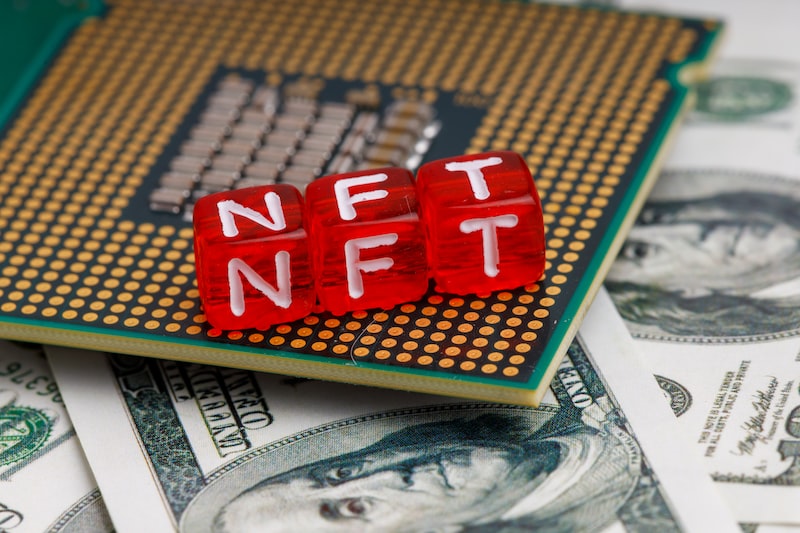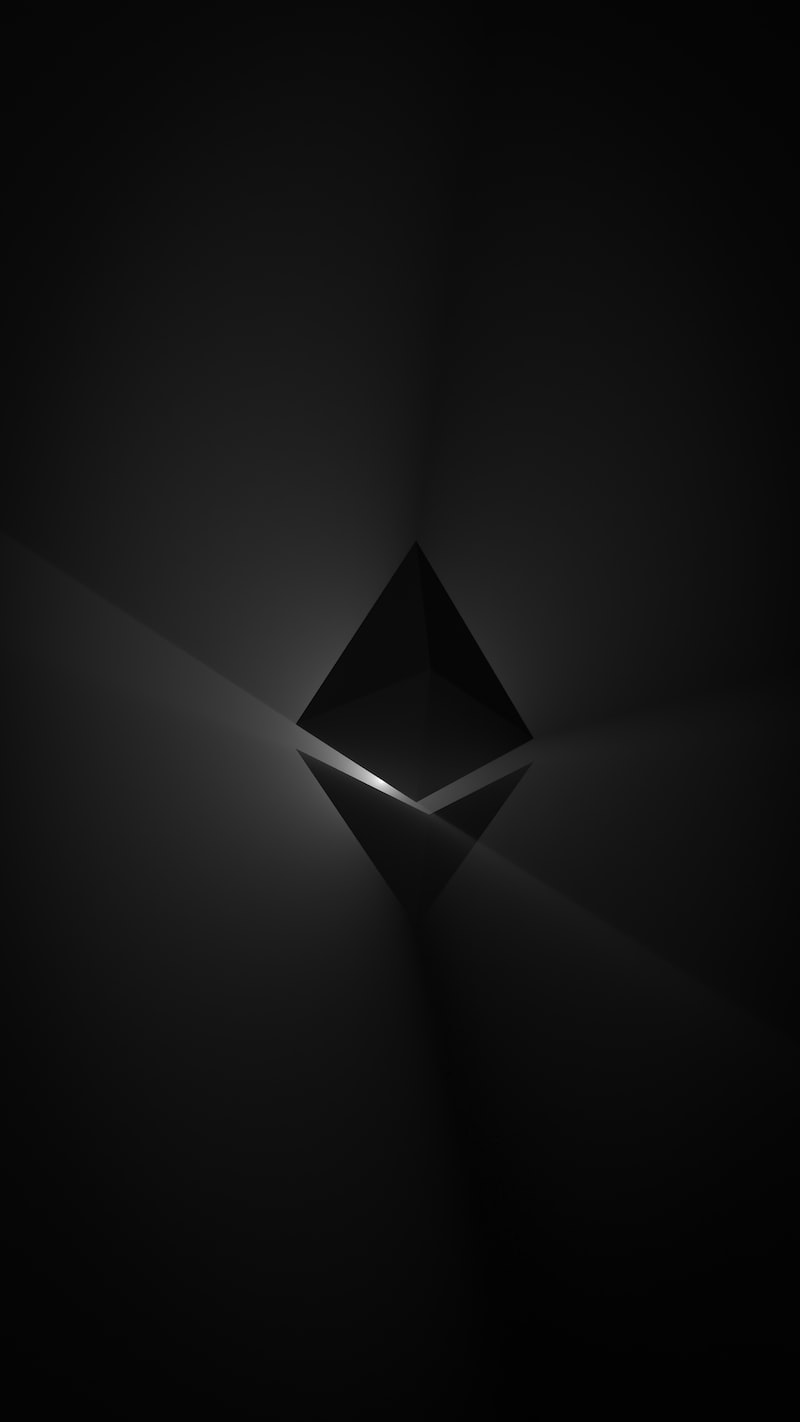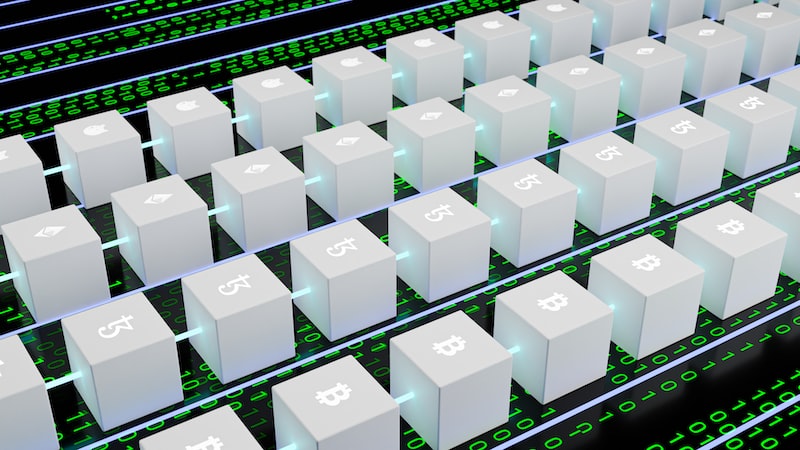Table of Contents
Are you curious about NFTs? Want to dive into the world of non-fungible tokens and discover what all the buzz is about? Well, you’ve come to the right place! In this article, we’ll explore everything you need to know about NFTs and how they are revolutionizing the digital landscape.

So, what exactly are NFTs? NFT stands for non-fungible token. Unlike cryptocurrencies such as Bitcoin or Ethereum, which are interchangeable and hold the same value, NFTs are unique and indivisible. Each NFT represents a specific asset, whether it’s a piece of artwork, a video clip, music, or even virtual real estate. These tokens are built on blockchain technology, providing a secure and transparent way to prove ownership and authenticity.
One of the key features of NFTs is their ability to provide creators with a new monetization model. Artists, musicians, and content creators can now sell their work directly to buyers without the need for intermediaries like galleries or record labels. This empowers creators to retain more control over their creations and earn fair compensation for their efforts.
But why would someone want to own an NFT? Well, owning an NFT grants you a sense of exclusivity and ownership in the digital realm. It’s like having a digital certificate of authenticity that proves you own the original version of a digital asset. NFTs have also become a form of status symbol, with high-profile individuals and celebrities jumping on the trend.
The market for NFTs has exploded in recent years, with sales reaching astronomical figures. From digital art pieces selling for millions of dollars to iconic moments from sports events being tokenized, the demand for NFTs is undeniable. However, it’s important to note that the NFT market can be volatile, and the value of NFTs can fluctuate greatly.
Exploring the Explosive Rise of NFTs: A Comprehensive Guide to the Digital Collectibles Phenomenon
The explosive rise of NFTs has taken the world by storm, revolutionizing the way we perceive and own
digital assets. In this comprehensive guide, we will delve into the intricate details of the digital collectibles phenomenon, exploring what NFTs are, how they work, and why they have become a global sensation.
So, what exactly are NFTs? Well, NFT stands for non-fungible token, which means that each token is unique and cannot be exchanged on a one-to-one basis like cryptocurrencies. NFTs are built on blockchain technology, typically using the Ethereum network, and they serve as irrefutable proof of ownership and authenticity for digital assets such as artwork, music, videos, and even virtual real estate.
The concept of owning a digital collectible may sound perplexing at first, but it’s akin to collecting physical items like baseball cards or rare stamps. NFTs allow creators to attach value to their digital creations, providing a new way to monetize and distribute digital art in the digital age.
One of the key aspects of NFTs is their ability to ensure scarcity. Through smart contracts, artists can specify the limited supply of their digital creations, making them highly sought after by collectors. This exclusivity adds to the intrinsic value of NFTs and has led to some mind-boggling transactions, with artworks selling for millions of dollars.
Moreover, NFTs have opened up new avenues for creators to engage with their audience. Artists can receive royalties whenever their NFTs are sold or traded, ensuring a continuous stream of income that wasn’t possible before. This has democratized the art world, allowing emerging artists to showcase their talent and establish a loyal following without the need for traditional gatekeepers.
As we continue to witness the exponential growth of NFTs, it’s important to understand the potential impact they can have beyond the realm of art. NFTs can revolutionize industries such as gaming, virtual real estate, and even ticketing systems. Imagine owning a unique in-game item that holds real value or purchasing a concert ticket that cannot be counterfeited.
NFTs have emerged as a groundbreaking innovation in the digital world, transforming the way we own, create, and trade digital assets. With their ability to ensure authenticity, scarcity, and creator royalties, NFTs are redefining the concept of ownership and paving the way for a new era of digital collectibles. It’s an exciting time to be a part of this phenomenon, where creativity meets technology in awe-inspiring ways.
Demystifying NFTs: How Blockchain Technology Revolutionizes the Art Market
Are you ready to embark on an extraordinary journey into the realm of digital art? In this article, we will unveil the enigmatic world of Non-Fungible Tokens (NFTs) and explore how blockchain technology is revolutionizing the art market. So, fasten your seatbelts and prepare to be amazed!
What exactly are NFTs, you ask? Well, think of them as unique digital assets that are stored on a blockchain—a decentralized and transparent digital ledger. Unlike cryptocurrencies such as Bitcoin or Ethereum, which are fungible and can be exchanged on a one-to-one basis, NFTs are indivisible and irreplaceable. Each NFT possesses its own distinct value and cannot be interchanged with another.
The advent of NFTs has transformed the way we perceive and trade art. Traditionally, art authentication and provenance have been centralized processes, prone to fraud and manipulation. However, with NFTs, artists can now tokenize their artworks, providing indisputable proof of ownership and authenticity. This groundbreaking technology ensures that each digital creation is verifiable and traceable back to its original creator.
Moreover, NFTs empower artists by allowing them to monetize their work in previously unimaginable ways. Through the use of smart contracts, creators can receive royalties whenever their NFTs are sold or traded in the secondary market. This presents a paradigm shift in the art industry, where artists have often struggled to earn ongoing revenue from their creations.
The art market itself has undergone a seismic shift with the introduction of NFTs. Traditional barriers to entry, such as galleries and auction houses, are being disrupted as artists embrace the digital realm. Now, anyone with an internet connection can access and appreciate art from all corners of the globe. This newfound accessibility has democratized the art market, creating opportunities for emerging artists and collectors alike.
NFTs have emerged as a transformative force within the art industry. By leveraging blockchain technology, these unique digital assets have revolutionized art authentication, provenance, and financial opportunities for artists. So, whether you’re an art enthusiast or a curious explorer, dive into the world of NFTs and witness the awe-inspiring fusion of art and technology. The future of creativity has arrived!
From Virtual Avatars to Iconic Moments: Unveiling the Diverse Applications of NFTs

Have you ever wondered how technology is reshaping the way we engage with art and digital assets? Enter NFTs, the revolutionary concept that has taken the digital world by storm. From virtual avatars to iconic moments, NFTs have opened up a whole new realm of possibilities for creators and collectors alike.
But what exactly are NFTs? NFT stands for non-fungible token, which essentially means that each token is unique and cannot be exchanged on a like-for-like basis. Unlike cryptocurrencies such as Bitcoin or Ethereum, which are interchangeable, NFTs represent ownership of a specific item or piece of content. This uniqueness is made possible through blockchain technology, where ownership and transaction history are securely recorded.
One of the most fascinating applications of NFTs is in the world of virtual avatars. Imagine being able to create your own personalized digital representation, an avatar that truly reflects your identity and personality. With NFTs, this becomes a reality. Artists and developers can create unique avatars, and individuals can purchase and own these avatars as NFTs. It’s like having a digital alter ego that you can use in virtual worlds, social media, or even video games.
NFTs also hold immense potential for preserving and monetizing iconic moments. Think about significant events like a historic sports play or a memorable movie scene. These moments can now be captured and tokenized as NFTs, allowing fans and collectors to own a piece of that cultural history. It’s like owning a digital collectible card that represents that unforgettable moment forever.
The applications of NFTs extend beyond art and entertainment. They can be used in various industries, including real estate, fashion, and music. For example, in real estate, NFTs can represent ownership of properties or land digitally. In fashion, designers can create limited-edition digital clothing items that people can purchase and wear virtually. Even musicians can release exclusive tracks or albums as NFTs, giving fans a unique listening experience.
NFTs are transforming the way we interact with digital assets. From virtual avatars that capture our individuality to iconic moments that can be owned and cherished, the applications of NFTs are diverse and awe-inspiring. As technology continues to evolve, we can only imagine what exciting possibilities lie ahead for this groundbreaking concept.
NFTs and Sustainability: Balancing Environmental Concerns in the Digital Art World
Have you ever wondered about the environmental impact of digital art? With the rise of Non-Fungible Tokens (NFTs), this question has become increasingly relevant. NFTs are unique digital assets that represent ownership or proof of authenticity for a specific piece of digital content, including artworks. While NFTs have gained immense popularity and revolutionized the art market, concerns about their environmental sustainability have also emerged.
One of the primary concerns regarding NFTs is their energy consumption. NFTs are typically built on blockchain technology, which relies on a network of computers to verify and record transactions. This process requires a significant amount of computational power and electricity. In fact, some reports suggest that the energy consumption of blockchain networks used for NFTs is comparable to that of small countries. Such high energy usage contributes to carbon emissions and exacerbates climate change concerns.

However, it is important to note that not all NFTs have the same environmental impact. The type of blockchain network used plays a crucial role. Ethereum, the most popular blockchain platform for NFTs, currently operates on a proof-of-work consensus mechanism, which requires extensive energy consumption. However, efforts are underway to transition Ethereum to a more sustainable proof-of-stake model, which would significantly reduce its energy footprint.
Additionally, artists and collectors can take steps to mitigate the environmental impact of NFTs. Some platforms are exploring alternative blockchains that are more environmentally friendly, such as Tezos or Flow. Artists can also choose to work with eco-conscious platforms that prioritize sustainability and offset their carbon footprint. Furthermore, individuals can support artists who are actively engaging in sustainable practices or donate a portion of their proceeds to environmental causes.





